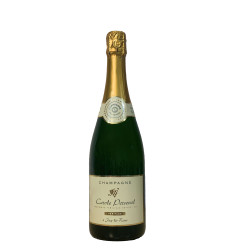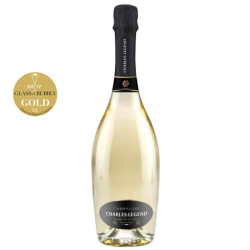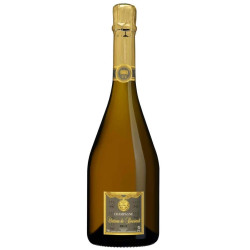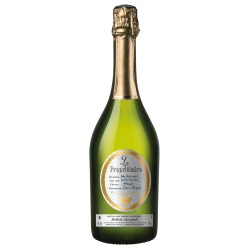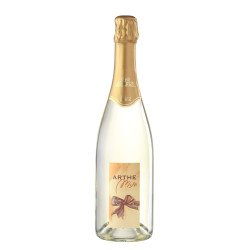Free delivery on purchases of €150 or more per winegrower in France and €250 in Europe (excluding United Kingdom)
Free delivery on purchases of €150 or more per winegrower in France and €250 in Europe (excluding United Kingdom)
-
- Great Offer
-
Our wines
-
-
By colors
-
All the wines
-
-
-
All Regions
-
-
-
-
Our organic & natural wines
-
-
Our Champagnes & Spirits
-
-
All Champagnes
-
-
Spirits
-
All the spirits
-
-
-
Our winemakers
-
-
-
winemakers
-
-
-
Our advice
-
-
Find your wine
-
-
-
- Our commitment !
-
- Great Offer
-
Our wines
-
-
By colors
-
All the wines
-
-
-
All Regions
-
-
-
-
Our organic & natural wines
-
-
Our Champagnes & Spirits
-
-
All Champagnes
-
-
Spirits
-
All the spirits
-
-
-
Our winemakers
-
-
-
winemakers
-
-
-
Our advice
-
-
Find your wine
-
-
-
- Our commitment !
Unbeatable !
BLANC DE BLANCS: EVERYTHING YOU NEED TO KNOW ABOUT SPARKLING WINES

The Elegance of Blanc de Blancs
What is Blanc de Blancs?
In the collective imagination, Blanc de Blancs Champagne always highlights a special occasion, a refined and elegant moment. The name Blanc de Blancs instantly conjures an image of superior champagne. This Champagne, along with Blanc de Noirs, is more delicate to produce than the more common Champagnes, such as Brut Champagnes. These are crafted from a meticulously blended combination of different grape varieties and vintages, akin to a painter mixing various colors to achieve the desired effect. Blanc de Blancs, however, derives its name from the fact that only white grape varieties can be used in its production, typically Chardonnay. The metaphor for Blanc de Blancs is that of a painter using only the shades of a single color. This sparkling wine stands out for its pure expression of Chardonnay.
The Characteristics of Blanc de Blancs
Sparkling wines from the Champagne region are traditionally made from a blend of the region's primary grape varieties: Chardonnay, Pinot Noir, and Pinot Meunier. The reputation of the Champagne region owes much to the generations of winemakers who, like true alchemists, have honed the interactions between these three grape varieties to ensure high-quality wines year after year. A Champagne winemaker remains attuned to each grape variety and each vineyard parcel to craft their wines. Throughout Champagne's history, different Champagnes have evolved to highlight specific aspects. Vintage Champagnes celebrate an exceptional year; single-vineyard Champagnes showcase a very specific terroir; and Blanc de Blancs and Blanc de Noirs emphasize a single grape variety.
Blanc de Blancs is made exclusively from Chardonnay, Albane, or Pinot Blanc, which are white grapes with white juice from the Champagne region.
How Does It Differ in Taste from Brut Champagne?
Brut Champagne is a blend of white juice from white grapes and white juice from black grapes. It offers aromas and flavors from both types of juice, combining the lightness of Chardonnay with the warmth of Pinot (Noir or Meunier). Blanc de Blancs, however, is the expression of the Chardonnay grape alone. Its aromatic profile is therefore that of Chardonnay, without the additional aromas usually contributed by black grapes.
Chardonnay imparts floral notes of acacia and elderflower to Champagne. It expresses these notes in their pure state, offering a fresher, lighter, and more airy bouquet. In Brut Champagne, this freshness and citrusy character are typically balanced by the rich, warm flavors of yellow fruits and heady flowers brought by Pinot. A Blanc de Blancs Champagne, thus, distinguishes itself from Brut Champagne with a lighter, more ethereal profile.
Pairing Blanc de Blancs with Food
This distinctive taste profile makes Blanc de Blancs an excellent companion for various food pairings. Its lightness makes it a perfect aperitif, delighting palates with its brightness. Much like still Chardonnays from nearby Chablis, Blanc de Blancs also complements the briny flavors of seafood, such as lobster, oysters, and other shellfish. Blanc de Blancs pairs well with cheeses too, offering a surprising twist to this part of the meal. Its acidity and bubbles particularly complement hard cheeses and work well with soft cheeses.
Our nuggets
Related articles

EVERYTHING YOU NEED TO KNOW ABOUT VAT VINIFICATION
To make good wine, you need good grapes. Of course, viticulture methods, ter...

MULLED WINE, IDEAL FOR THE FESTIVE SEASON
Like every year, it's getting colder and colder, and mulled wine is one of t...

EVERYTHING YOU NEED TO KNOW ABOUT PICPOUL DE PINET AOC
Picpoul de Pinet is a famous white wine from the Languedoc. This AOC owes it...
